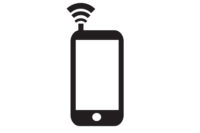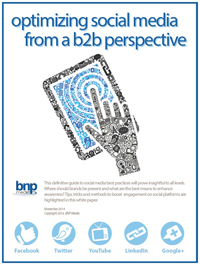TECH FLASH
Improving social media’s role in food safety
North Carolina State University researchers have developed guidelines for using social media to communicate effectively in the interest of public health

In the interest of public health, researchers at North Carolina State University have developed a set of guidelines for using social media to communicate about food safety.
“In a crisis context, the framework can be used by health officials, businesses or trade organizations to help them reach key audiences with information that can be used to reduce the risk of foodborne illness,” says Ben Chapman, an associate professor at the university whose research focuses on food safety.
Chapman is the lead author of a paper on social media’s interaction with food safety.
“The literature shows us that simply pushing out information isn’t an effective way to change people’s behavior,” Chapman says. “You need to engage in dialogue, and Twitter and Facebook are excellent places to have those conversations.”
For example, Chapman says food safety experts can use Twitter to search for—and participate in—conversations people are already having about foodborne illness.
In recent years, applications like Facebook and Twitter have increased user engagement and essentially become the new way people access information, find news and report what they know.
Social media relies on high levels of interaction and user-generated context shared through established and evolving social networks.
Consequently, to be successful, health information providers must know how to participate in social media to meet the needs of these online audiences. Once this is accomplished, the providers will be able to discuss and explain issues related to food safety and ways to reduce health risks.
The university researchers established a set of best practices for social media by studying papers on food safety risk communication and social media communication. Currently, the research team is working on three projects to examine food safety communication on YouTube and among bloggers, as well as using social media to identify and respond to outbreaks.
“Social media may be the catchphrase today, and maybe it will be big data tomorrow, but the underlying goal is fewer sick people,” says powellfoodsafety.com’s Douglas Powell, a co-author of the paper. “Twitter wasn’t around 10 years ago, but people still got sick. As they arrive, we need to adapt new tools to the food safety sphere.”
The paper, “Potential of social media as a tool to combat foodborne illness,” appears in Perspectives in Public Health. It was co-authored by Benjamin Raymond, a graduate student at NC State. The research was funded by Agriculture and Food Research Initiative Competitive Grants from USDA National Institute of Food and Agriculture.
“I get questions about social media and food safety all the time, so there’s a clear demand for this sort of guidance,” Chapman says. “But this is a basic framework. The guidance will continue to evolve over time, just as the field of social media itself is constantly evolving.”
Looking for a reprint of this article?
From high-res PDFs to custom plaques, order your copy today!









